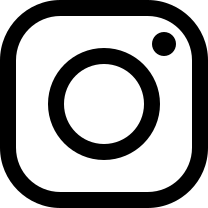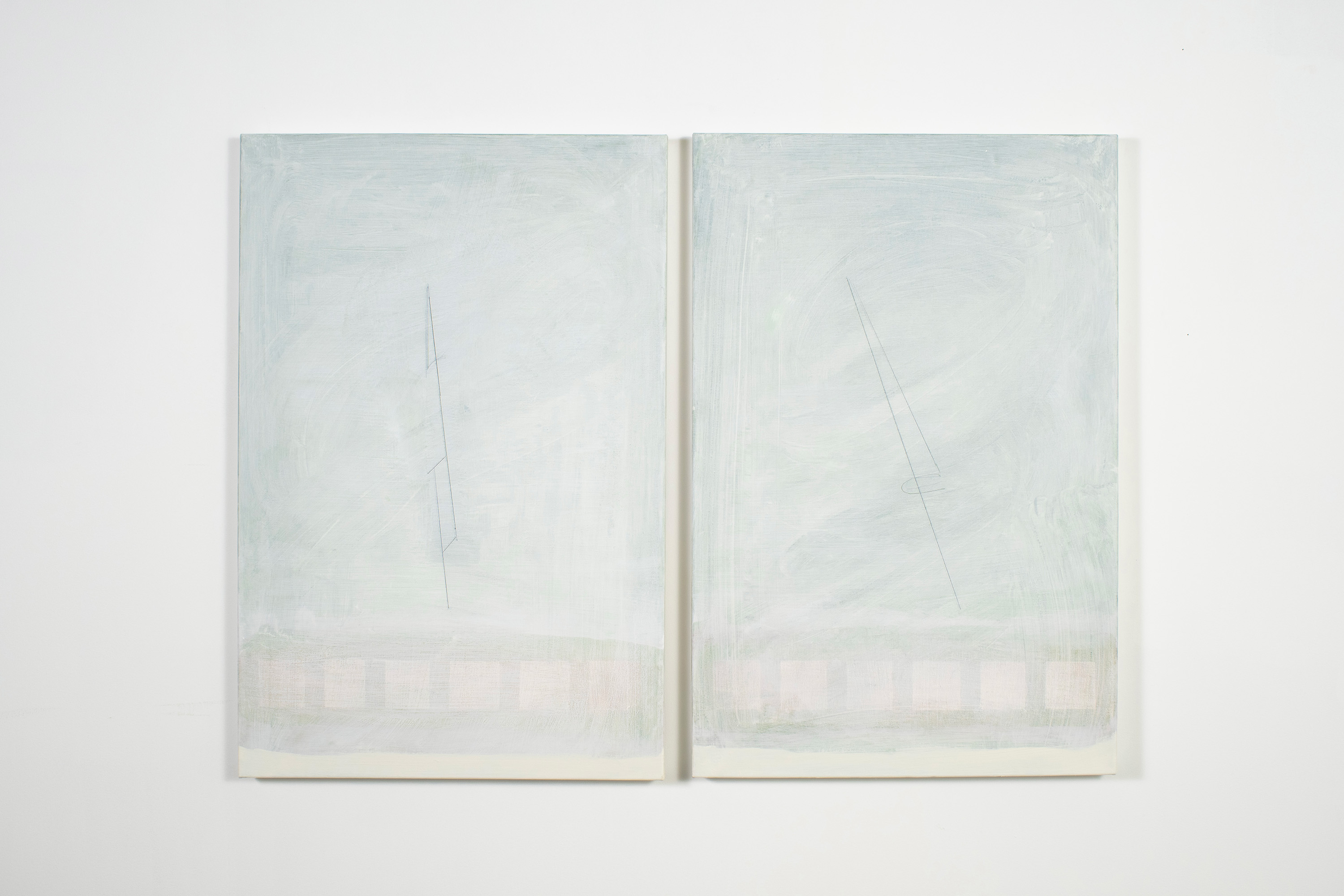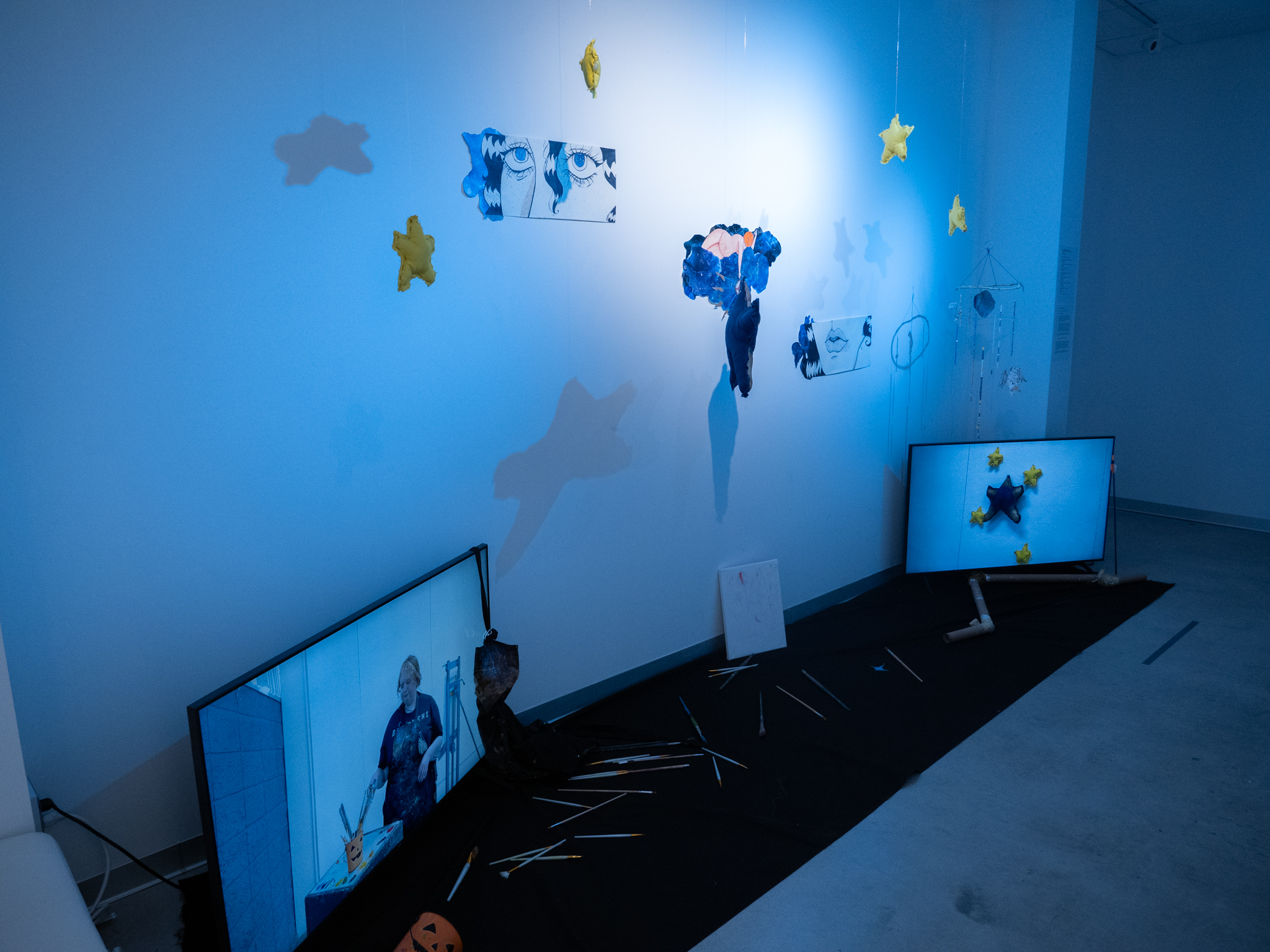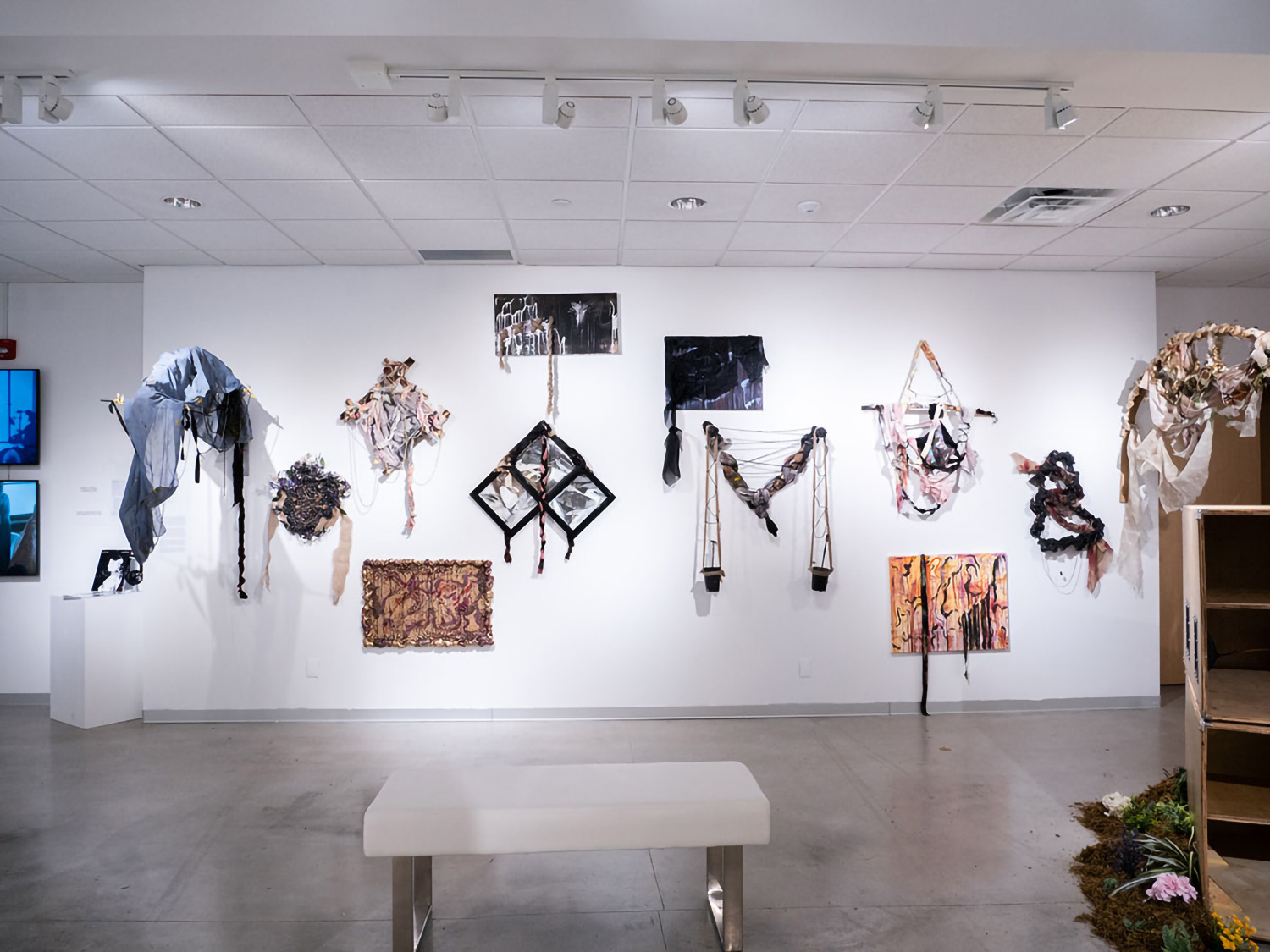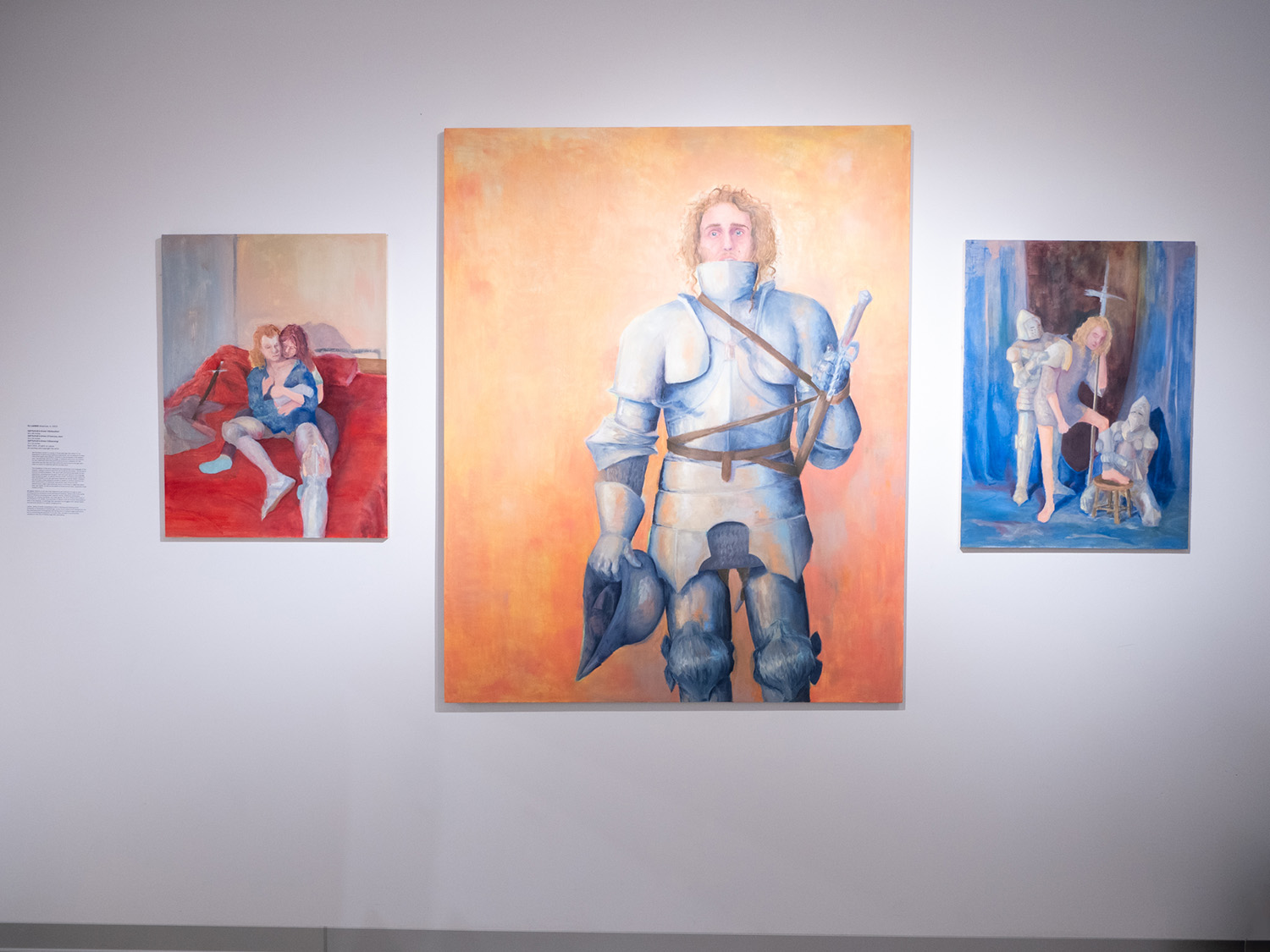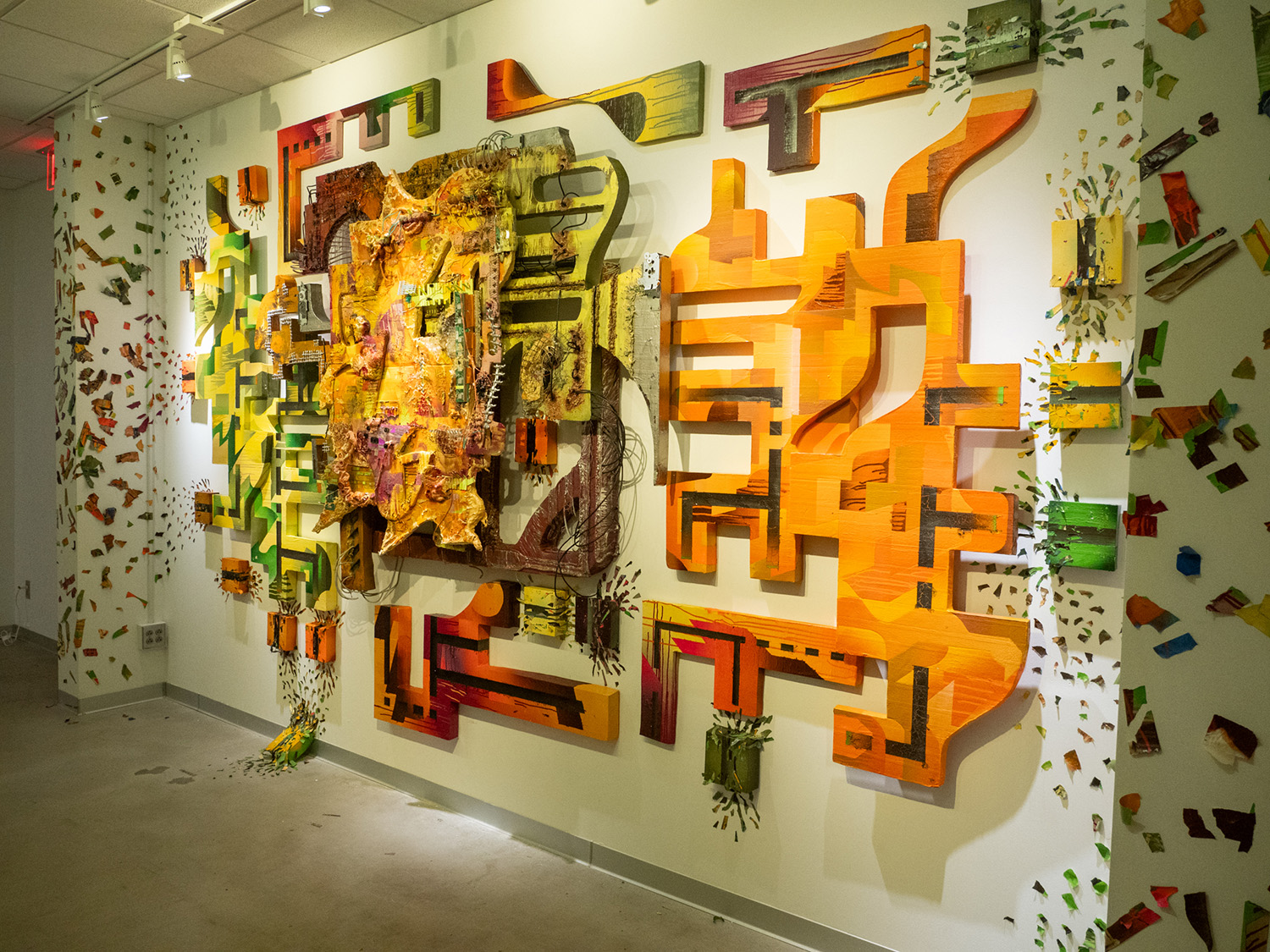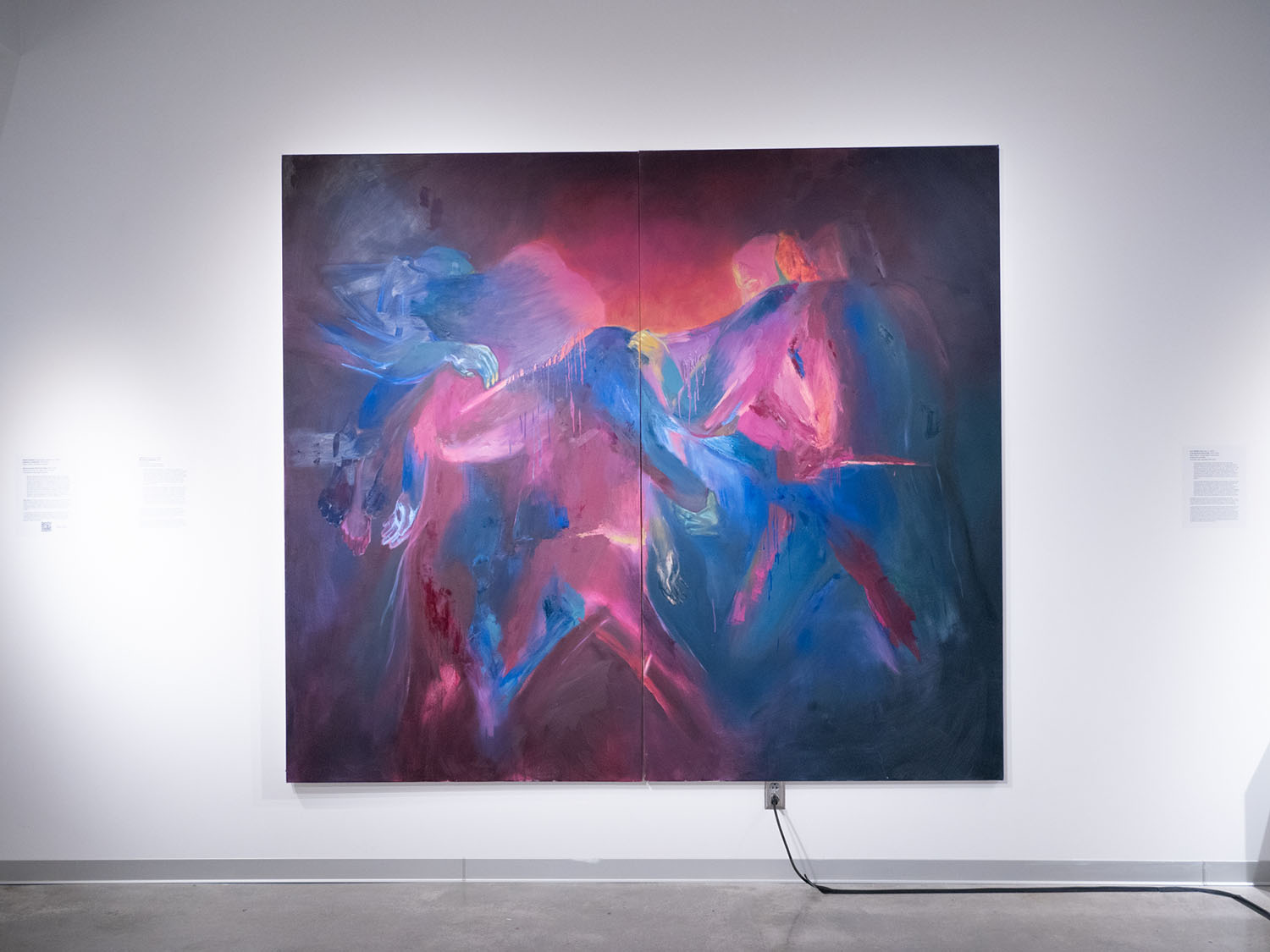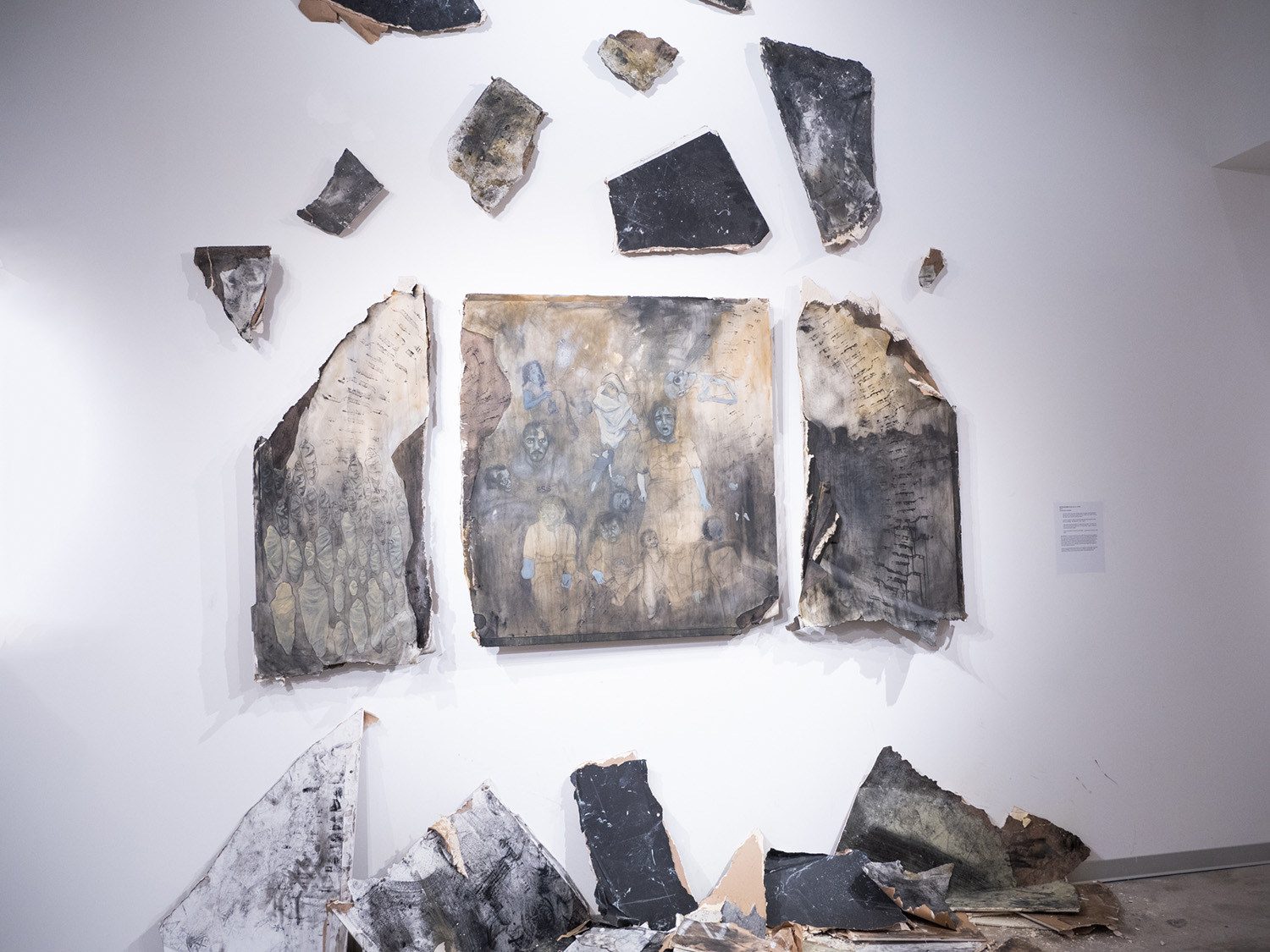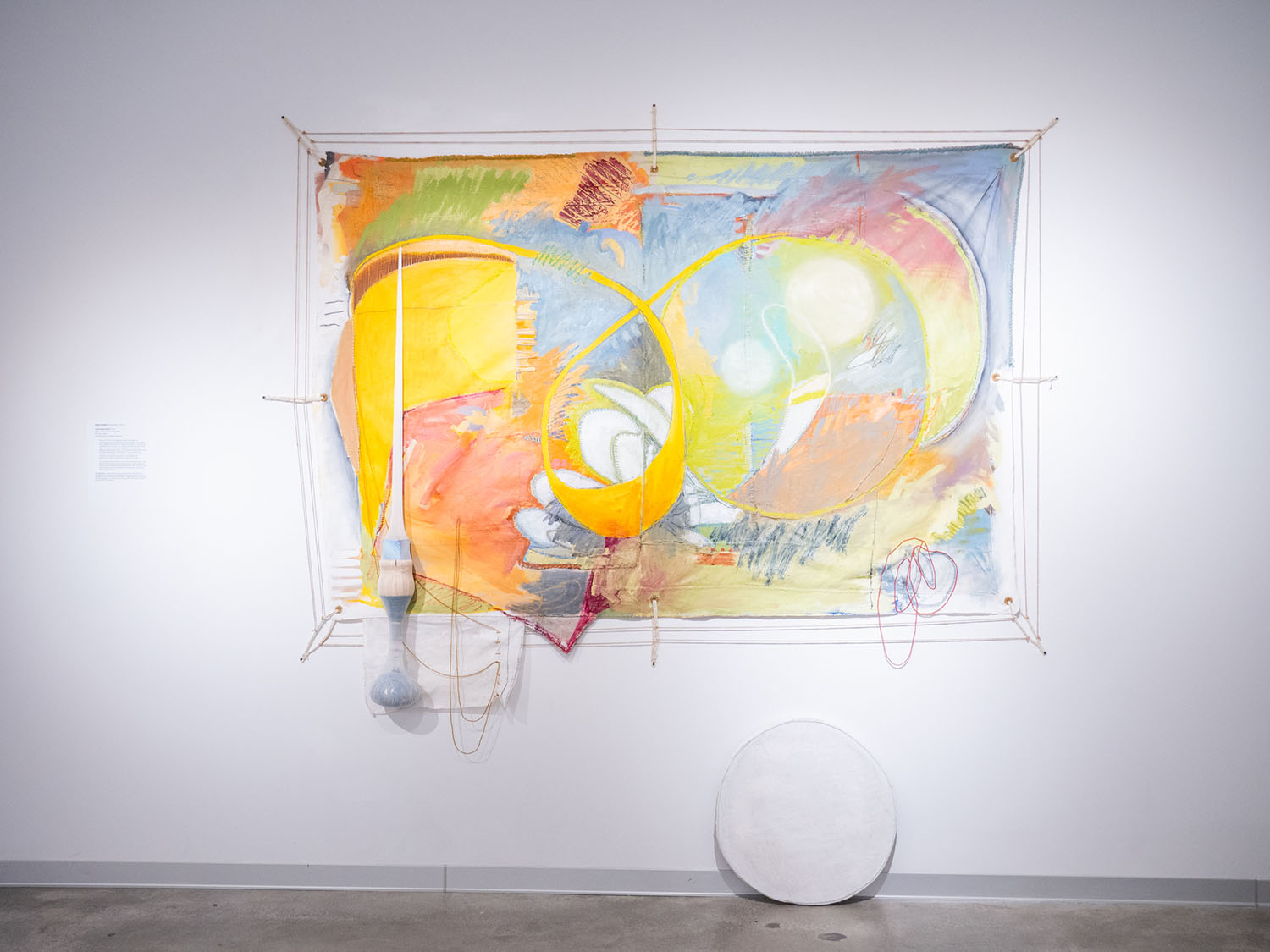Manny Martin
The Host
The Host explores impressions of our modern world concerning technology's increasing role. This relationship is not entirely neutral. My work inspects the binaries of human/animal, animate/inanimate, organic/inorganic, and humans and technology and how they merge or push against each other. What might our future look like if we become posthuman or move beyond the human? Humans are mortal, impractical, and flawed. This ever-increasing technology is quite the opposite. It can become immortal, never-ending, and has the highest intelligence capabilities. Technology is perfection, and evolution longs for this. What does this mean for humans? What if the human race is no longer needed? We are inherently biased which makes us disposable. If our future belongs to technology, it could mean we are the last generation of humans to walk this planet.
The Host translates these scenarios into reality. I do this in a particularly human way by using the act of assemblage as a human expression. There is an evolution within these found materials from their original form to a reimagined existence. Similar to the framework of posthumanism, my materials interact, mix, push against, or become one another. As The Host engages with hybridity, symbiosis, and parasitic relationships, it invites us to contemplate our speculative future.
